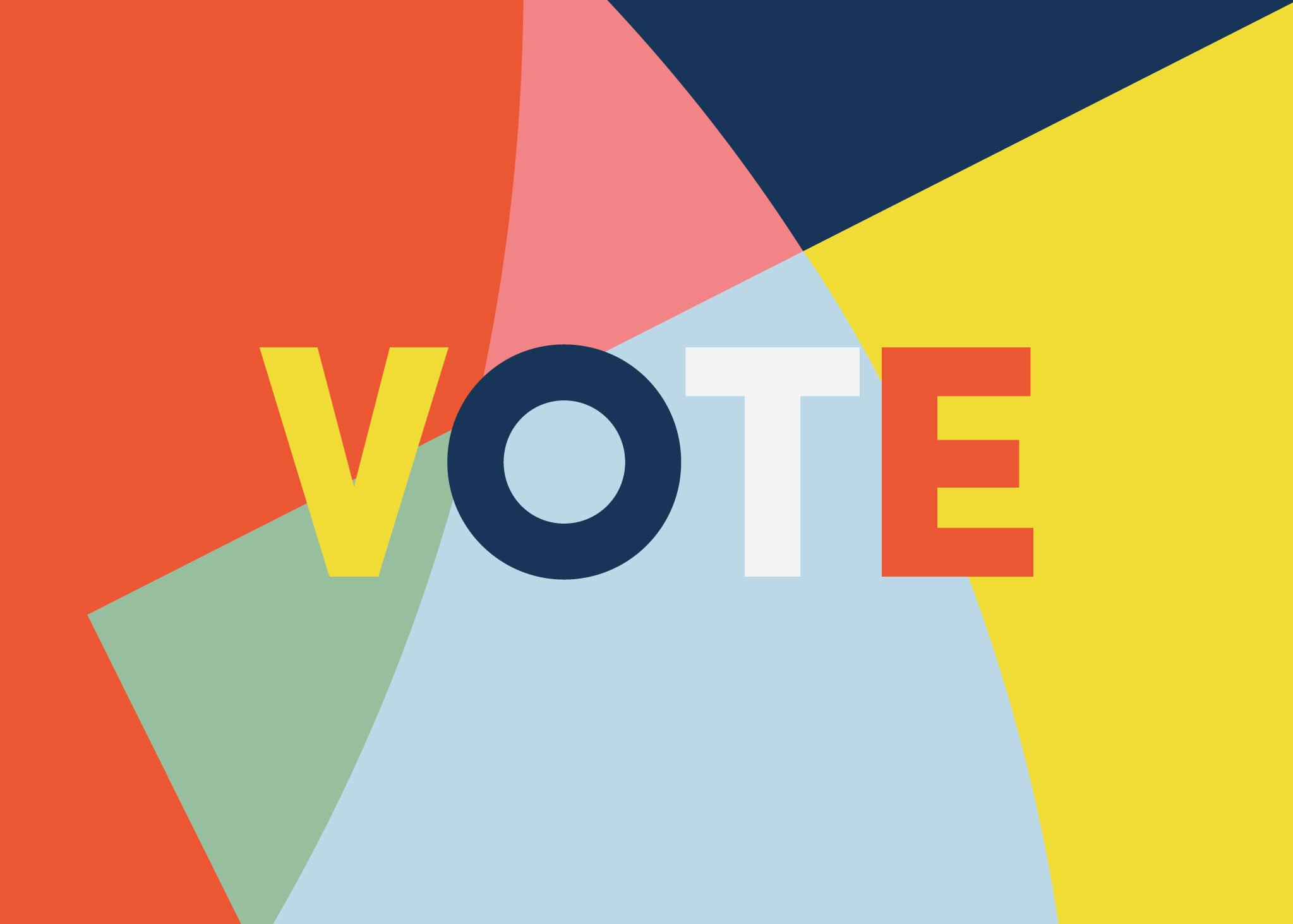The 59th presidential election is upon us and we may or may not have a 46th president to add to the list. Most U.S. citizens have the right to vote, yet many are fed misinformation or fear incarceration when casting their ballot. This is known as voter suppression, and it is the act of preventing eligible voters from exercising their right to vote. Voter suppression can be conducted by local or state governments, or by people with wealth and power.
Voter suppression has been present for years, dating back to as early as 1870 when the 15th amendment was passed, in which Section 1 states “The right of citizens of the United States to vote shall not be denied or abridged by the United States or by any State on account of race, color, or previous condition of servitude.” However, Black voters were still blocked from their rights as Jim Crow laws, literacy tests, and grandfather clauses were enacted to not only intimidate voters but keep them from the polls.
While the 19th amendment in 1920 assured women the right to vote, it did not guarantee Black women the right to vote, and many Black women voters were continually suppressed at the polls with tests. It was not until 1965 that a significant population of Black voters actually participated at the polls. In an effort to more clearly define voter rights, President Lyndon B. Johnson signed the 1965 Voting Rights Act which outlawed discriminatory voting practices such as requiring literacy tests and including poll taxes.
While suppression efforts no longer include literacy tests at the polls or explicit clauses that make it impossible for Black voters to cast their ballot, voter suppression still exists.
Elections are primarily conducted and administered by state and local systems rather than at the federal level, which causes discrepancies in election administration and voting regulation from state to state. States are given the responsibility of identifying registration policies, setting guidelines for voting technology and ballot design, as well as voter ID requirements.
Polling station closures are also an attempt at voter suppression. In 2019, Texas led the U.S. South in polling station closures — McLennan county closed 44% of its polling places from 2012 to 2018 even though the population grew by 15,000 people. According to The Guardian, “The closures could exacerbate Texas’s already chronically low voter turnout rates, [and] people are less likely to vote if they have to travel farther to do so, and the effect is disproportionately greater for some groups of voters, such as Latinxs.” This is just one example of how voter suppression disproportionately affects the minority population of the U.S.
Voter purging/caging is another tactic used to challenge the registration of people who are unfriendly to their candidate by claiming that these voters were unreachable at the address listed and therefore their registration is fraudulent. If a registration is found fraudulent, the registration is then removed from the voter roll. In an interview, journalist and author Ari Berman said, “Georgia has purged almost 10% of people from its voting rolls.” Furthermore, the American Civil Liberties Union of Georgia released a report for 2019 in which 313,243 names, 4% of registered voters were removed from the state’s voter rolls. According to data experts, 63% of these names were wrongfully purged. Voter purging can sway an election by invalidating voter eligibility supporting a political opponent.
To add another layer of voter intimidation, the Trump administration and Republican National Committee are organizing a 50,000 volunteer network of poll watchers coined “Trump’s Army.” While the administration claims that this is to monitor fraud, it can also lead to intimidation. The Biden campaign also plans to have poll watchers at the polling stations to match their opponent.
This is the first time the Republican party will be able to have poll watchers at the stations since the 1980s. In 1981, a court ruled that GOP representatives took part in voter intimidation and harassment in New Jersey, targeting Black and Latinx communities. In 2018, the court ruling was lifted for the first time since the incident.
This is just a snippet of the voter suppression tactics disproportionately targeting minority voters. It is important to know your rights and know the facts. Election day is November 3, remember to vote whether it is at a polling station, mailing in your ballot, or mailing it via a local ballot box. For NJ residents, click here to find local ballot boxes.

Be First to Comment